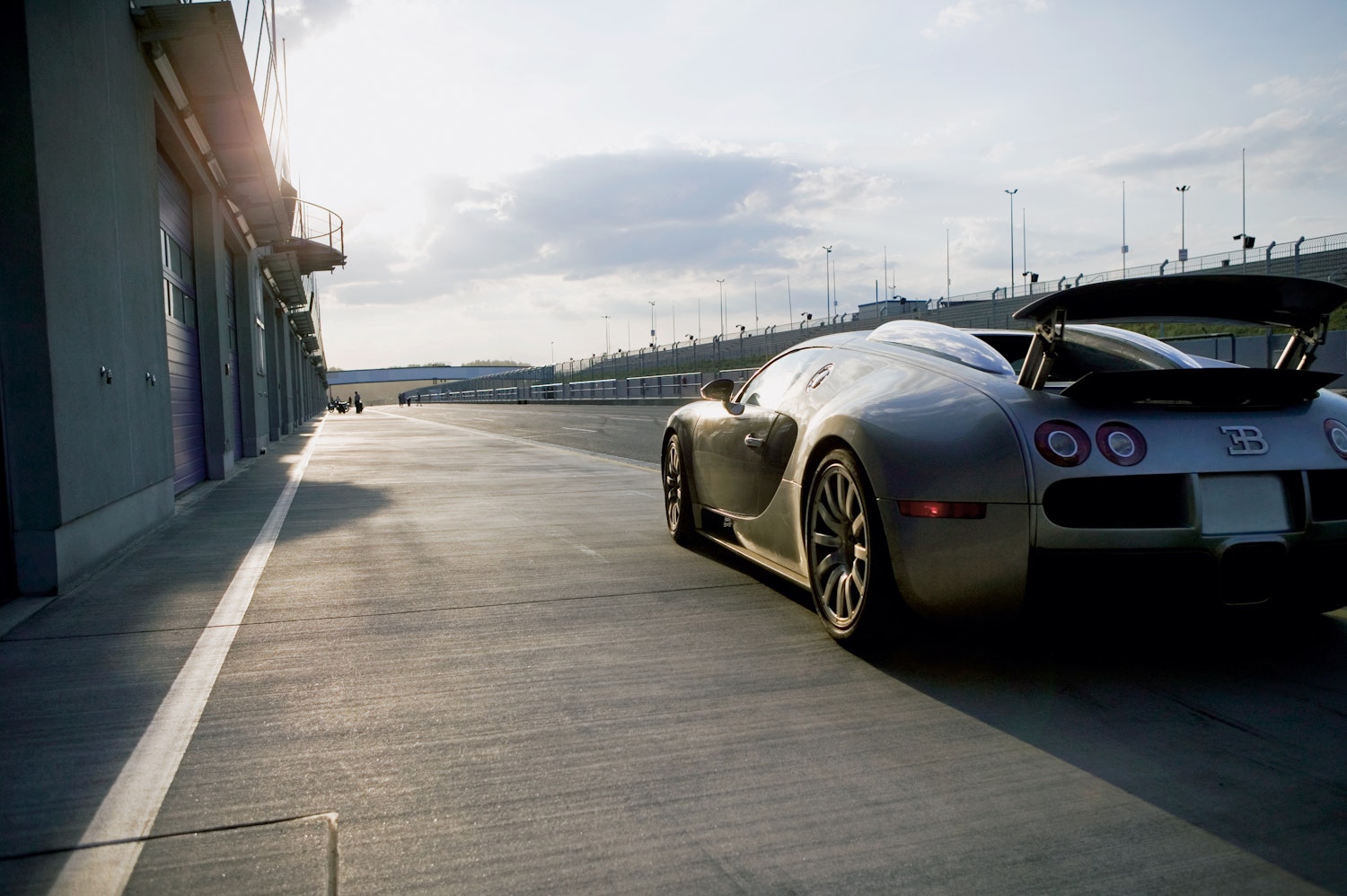The Unattainable Dream: Engineering the Bugatti Veyron [Photo Gallery]

The Vision of a Hypercar
Ferdinand Karl Piëch, then Chairman of the Volkswagen Group, had a dream that seemed impossible at the time. He envisioned a vehicle capable of reaching 400 km/h in the morning and still looking elegant enough to drive to the opera in the evening. This vision led to the creation of the Bugatti Veyron, a hypercar that would redefine what was possible in automotive engineering.
Realizing such a feat required more than just power; it demanded a complete rethinking of vehicle design. The challenge was monumental, as no road-going car had ever come close to achieving such speeds. Engineers faced numerous physics problems, including the need for a car that could withstand immense forces at a third of the speed of sound. This meant that even the tires had to be completely reimagined, with one supplier taking five years to develop a solution that could handle the Veyron’s performance.
Engineering Marvels
At the heart of the Veyron was its W16 engine, a groundbreaking creation with an 8.0-liter displacement. This engine was reinforced with four turbochargers and ten radiators to ensure proper cooling. The result was a powerplant delivering 1,001 PS at 6,000 rpm and 1,250 NM of torque between 2,200 and 5,000 rpm. To harness this power effectively, a seven-speed, double-clutch DSG gearbox was developed specifically for the Veyron, allowing for lightning-fast gear changes.
The transmission was arranged longitudinally ahead of the W16 engine and designed as a dry sump unit. This helped lower the car's center of gravity, which was critical for strong road-holding capability. The combination of a carbon fiber monocoque, aluminum chassis, and all-wheel drive drivetrain provided the necessary dynamic tolerances to handle high-speed driving.
Advanced Aerodynamics
Achieving the Veyron's incredible speed also required an advanced aerodynamics system. Integrated into the car's smooth profile, the adaptive aerodynamics system was tested to perfection by Dr. Wolfgang Schreiber. This system included two diffuser flaps ahead of the front wheels and an integrated wing and spoiler at the rear. The rear aerofoil acted as an air brake, generating 300 kilograms of downforce over the rear when braking at speeds over 200 km/h.
In 'Handling' configuration, the driver activates the system when braking pressure exceeds a certain level between 200 and 375 km/h. The aerofoil shifts to an angle of 113 degrees in just 0.4 seconds, enhancing wind resistance and maintaining stability during rapid deceleration.
The Speed Key and Testing
To unlock the Veyron's full potential, a special ‘Speed Key' was introduced. This secondary key had to be inserted into a cylinder to the left of the driver's seat before setting off. Once activated, the vehicle hunkered down, reducing its height to minimize air resistance. The front diffusers remained closed, and the rear wing arrangement adjusted to further reduce drag.
The journey to achieve the Veyron's unprecedented performance involved extensive testing. Eleven dedicated prototypes accumulated hundreds of thousands of kilometers under the toughest conditions. Some cars underwent long-distance testing, while others were subjected to function tests simulating various driving scenarios. The Nürburgring, known as the Green Hell, was used to test the Veyron's mettle, with test vehicles completing thousands of kilometers at full racing speed.
A Legacy of Excellence
In 2005, the Veyron's achievement was realized when test driver Uwe Novacki reached a top speed of 407 km/h. This accomplishment marked the Veyron as the fastest production vehicle in history at that time. The combination of intelligent aerodynamics, powerful engineering, and meticulous testing set a new standard for automotive excellence. The Veyron not only fulfilled Ferdinand Piëch's dream but also became a symbol of innovation and precision in the world of high-performance vehicles.
Post a Comment for "The Unattainable Dream: Engineering the Bugatti Veyron [Photo Gallery]"
Post a Comment